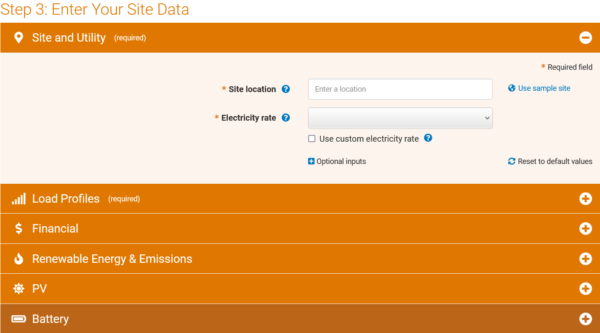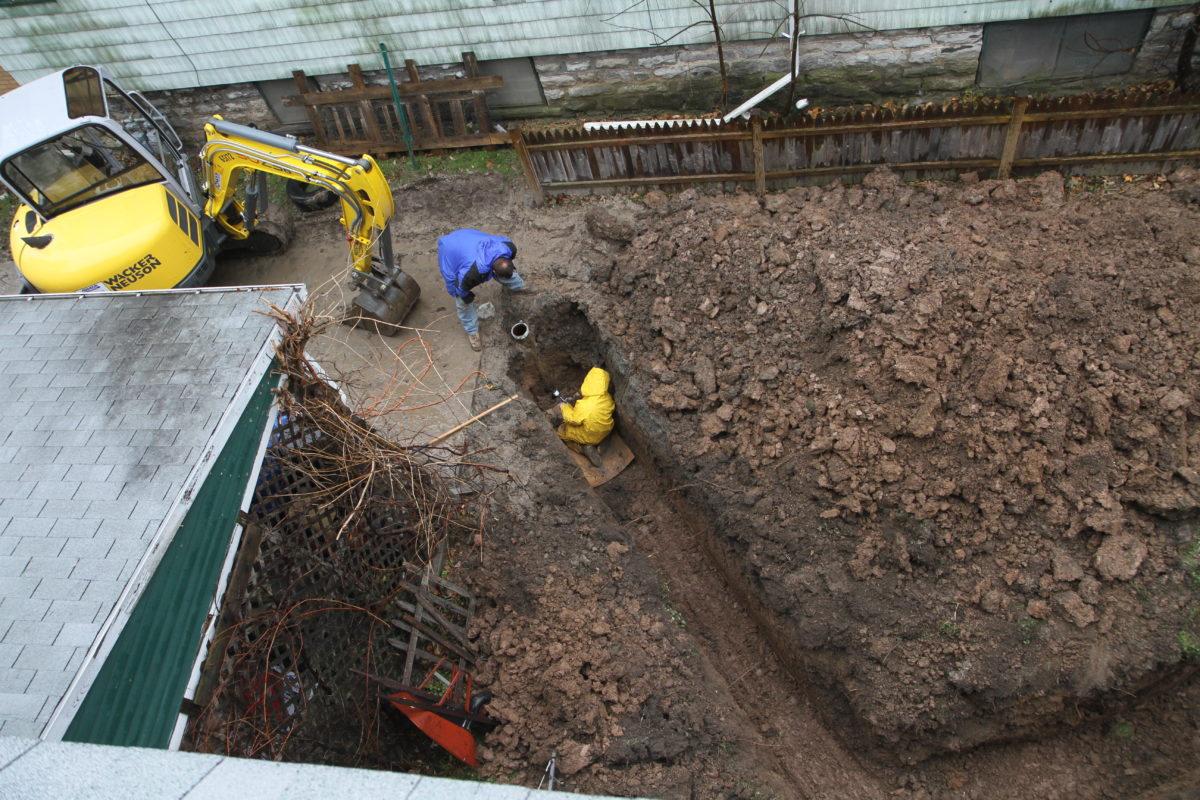The US Department of Energy's National Renewable Energy Laboratory (NREL) announced it has upgraded its REopt web tool, which is designed to evaluate the economic viability of distributed PV, wind, battery storage, combined heat and power (CHP), and thermal energy storage.
The application now offers the possibility of evaluating the viability of ground-source heat pumps, which are also known as geothermal heat pumps. These systems use shallow-ground energy to achieve space heating and cooling and are able to transfer heat to and from the ground.
“Through the REopt web tool, users can now simulate the impact that converting conventional heating and cooling systems to geothermal heat pumps (GHPs) may have on on-site consumption of fuels and electricity, utility costs, and CO2 emissions,” the research institute said. “Additionally, users can leverage REopt’s existing distributed energy resource models to study the impact and interaction of a GHP retrofit with solar photovoltaics, batteries, combined heat and power, and other technologies.”

Image: NREL
According to NREL, the web tool models consider the amount of energy needed for cooling and heating, electricity and fuel costs, and specific climate and geotechnical conditions, among other factors.
Popular content
“The REopt web tool models each of these variables and site priorities – and how they all interact – to enable facility owners, technology vendors, and policymakers to identify site-specific needs and opportunities,” it said.
Researchers from Lappeenranta-Lahti University of Technology (LUT) recently outlined a series of control methods for domestic hot water (DHW) heating produced by a ground-source heat pump, in combination with a rooftop PV system, in Nordic climates.
A lack of proper business models, high upfront costs and long payback periods are the key barriers to enabling the wider adoption of solar-powered heat pumps, according to another recent report. Other factors reducing market acceptance are a lack of information on the technology and socio-demographic factors such as public perception and peer effects.
This content is protected by copyright and may not be reused. If you want to cooperate with us and would like to reuse some of our content, please contact: editors@pv-magazine.com.



2 comments
By submitting this form you agree to pv magazine using your data for the purposes of publishing your comment.
Your personal data will only be disclosed or otherwise transmitted to third parties for the purposes of spam filtering or if this is necessary for technical maintenance of the website. Any other transfer to third parties will not take place unless this is justified on the basis of applicable data protection regulations or if pv magazine is legally obliged to do so.
You may revoke this consent at any time with effect for the future, in which case your personal data will be deleted immediately. Otherwise, your data will be deleted if pv magazine has processed your request or the purpose of data storage is fulfilled.
Further information on data privacy can be found in our Data Protection Policy.